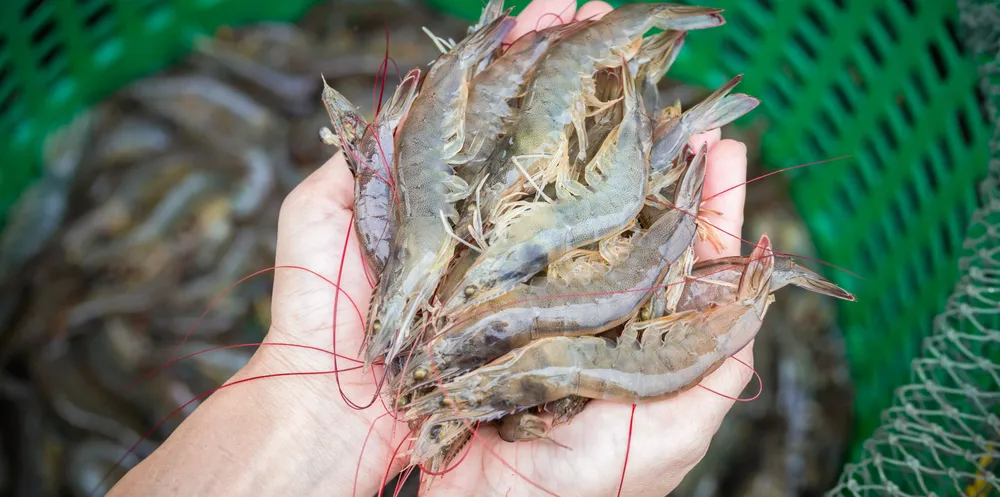Will salmon giant Mowi ever expand into shrimp farming? It already has.
In its earliest days, the company tried its hands in the 'wild west of shrimp farming,' but realized that salmon and shrimp are two very, very different commodities.

In its earliest days, the company tried its hands in the 'wild west of shrimp farming,' but realized that salmon and shrimp are two very, very different commodities.
